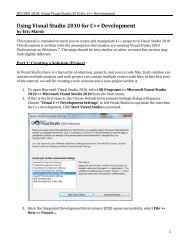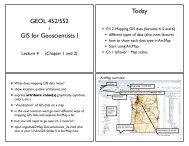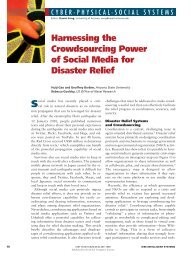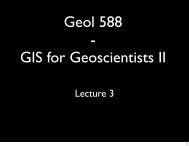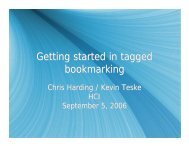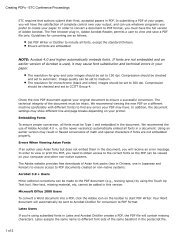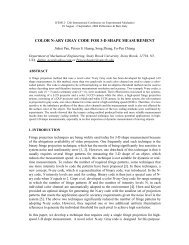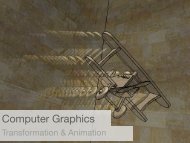First of all, we thank you for your great effort reviewing our paper ...
First of all, we thank you for your great effort reviewing our paper ...
First of all, we thank you for your great effort reviewing our paper ...
- No tags were found...
Create successful ePaper yourself
Turn your PDF publications into a flip-book with our unique Google optimized e-Paper software.
I am pretty sure that <strong>our</strong> <strong>paper</strong> provided an elegant solution <strong>for</strong> this problem instead <strong>of</strong> utilizingmultiple fringe images, or 3‐CCD camera, or color coupling matrix, etc. We have received <strong>great</strong>comments from the SPIE conference this year at San Diego. We believe many audiences <strong>we</strong>revery much impressed by this elegant solution, even though <strong>we</strong> may not be able to convince <strong>you</strong>that <strong>our</strong> <strong>paper</strong> is important.The main techniques <strong>of</strong> this <strong>paper</strong> used to remove the color bleeding and object color effectsand to capture the color texture are the use <strong>of</strong> B/W fringes and averaging the fringes toproduce a fringeless image. These ideas both mentioned in one <strong>of</strong> the author's (Zhang S)previous works "High‐resolution, real‐time three‐dimensional shape measurement" [3]. Itstates, "Color tolerance: Unlike those real time systems based on color‐coded structured lightmethods, this system uses B/W fringe images. There<strong>for</strong>e the object color does not affect themeasurement accuracy." " ...averaging the three fringe patterns washes out the fringes ...",although they use the camera's exposure time to do the averaging, rather than do it in s<strong>of</strong>tware.Also, "It should also be noted that <strong>we</strong> can also obtain a B/W image <strong>for</strong> the texture mapping byaveraging the three phase‐shifted fringes". One <strong>of</strong> the future works this <strong>paper</strong> suggested was tosimply replace the B/W camera with a color camera.The fact that a sm<strong>all</strong> change in the setup has produced the desired ability to capturesimultaneous 3D geometry and color texture is not lost on this revie<strong>we</strong>r. Ho<strong>we</strong>ver, with this inmind, the results should be either presented as a Letter (which I don't believe gives the endresult the proper exposure it deserves), or more in‐depth analysis should be per<strong>for</strong>med.I do recommend that this <strong>paper</strong> be published, but the <strong>paper</strong> needs to be revised with somestructural changes and additional analysis to present the work in its best light.In addition, <strong>we</strong> made the following changes in this <strong>paper</strong>:Abstract: on page 2, line 1, <strong>we</strong> addedand rapidlyAbstract: on page 2, line 3, <strong>we</strong> addedUsing a single color camera either reduces the measurement speed or drastic<strong>all</strong>y sacrifices themeasurement qualityAbstract: on page 2, line 11, <strong>we</strong> added:Since only three fringe images are required, this technique is suitable <strong>for</strong> real time 3‐D shapemeasurement.Section 1: page 3, line 3, <strong>we</strong> added:With recent advancements <strong>of</strong> real‐time 3‐D shape measurement technologies, theSection 1: page 3, line 3, <strong>we</strong> added:With recent advancements <strong>of</strong> real‐time 3‐D shape measurement technologies, theSection 5: page 15, 6 lines from bottom, <strong>we</strong> added:





